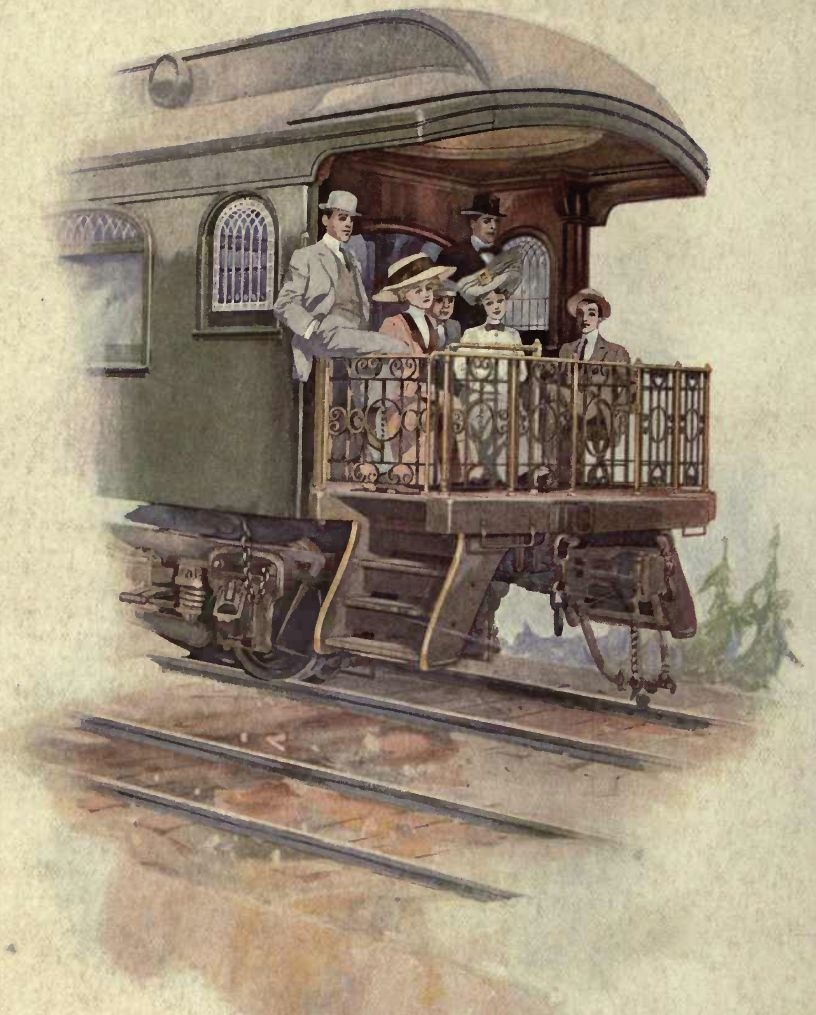“What we’ve seen traditionally over the past few decades is a reduction of short line railroads. This is a rare opportunity to see a line being opened.”
In July we wrote about the revival of the City of Prineville Railway, an 18-mile freight line that is owned and operated by the City of Prineville. In 2004 the train had one customer and pulled a total of 87 cars. It now has 28 customers and ships nationwide.
Now comes news that the Central Oregon & Pacific Railroad (CORP) has reopened 95 miles of track between Ashland and Weed, Calif., with the completion of a multimillion dollar, public-private partnership project.
I caught up with Hal Gard, ODOT’s rail division administrator, who was in Medford for the CORP ribbon cutting. He could hardly contain his excitement. “What we’ve seen traditionally over the past few decades is a reduction of short line railroads. This is a rare opportunity to see a line being opened.”
In a state that moves a lot of bulk commodities, rail transportation “just makes sense,” Gard says. It’s environmental and economically efficient mode. It gets trucks off the road.
The loss of Hanjin has increased congestion on I-5, Gard says. Short lines can help ease the pain.
“There is a reawakening and an understanding that there is an opportunity if we capitalize on it. “
Curiosity piqued, I asked Gard for a primer on Oregon short line history and economic impact. For answers, he suggested I call ODOT rail planner Bob Melbo, a rail buff “who has forgotten more about the history of short line than most people will ever know.”
Melbo didn’t disappoint. There are 21 short line railroads in Oregon — two are effectively decommissioned — and collectively they move about $77 million in cargo. That’s down from around $80 million before the recession. But hardly small change.
Especially in rural Oregon, where employment options are limited and declining fast, the short lines are a critical connection to commerce. They are also are at the mercy of the industrial lifecycle, Melbo says.
“Every year, we have a situation where traffic increases in one area, declines in another.” For example, oil traffic has given a boost to Portland & Western Railroad, a 520-mile short line freight railroad. But the closure of the Newberg mill, also a customer of Portland & Western, will take a bite out of railroad fortunes.
“Sometimes you win and sometimes you lose,” Melbo says. “We’ve had a lot of sawmills, ply mills and paper mills close in the state.”
Most short line freight railroads started out as branch lines by major railroads. “The reason the major railroads spun them off into short line operators is short lines are better at taking care of customers, they’re more adaptable, good at getting shipping companies to think more about trains and less about trucks.” Melbo says.
That strategy has worked pretty well. Still, the branch railroads are always looking for new customers. “Every additional carload helps when you are in the short line business.”
Over the last seven years, while the section of CORP was closed, companies in Southern Oregon have relied exclusively on trucks. Each rail car can replace more than three tractor-trailers, which means CORP will help reduce congestion on Interstate 5, according to a company press release. Initial projections estimate CORP will run two trains a day, one in each direction.
The CORP project was made possible by a $7.1-million federal Transportation Investment Generating Economic Recovery (TIGER) grant. The grant was awarded to the Oregon Department of Transportation (ODOT), southern Oregon counties, Siskiyou County (Calif.) and private industry for significant improvements to the rail line. Douglas County invested $20,000 and Jackson County $10,000. CORP provided a 25-percent match for the project.
It’s easy to write off short line trains as nostalgic relics of the past. But they are based on business and transportation issues that are more relevant than ever.
For the first time in many years the City of Prineville Railway is expected to break even. Like most legacy industries, the rail line is diversifying into new business lines — de-icers, advanced manufacturing products — while the city uses the depot as lure to attract new companies.
Efficient multi-modal transportation never gets old.


